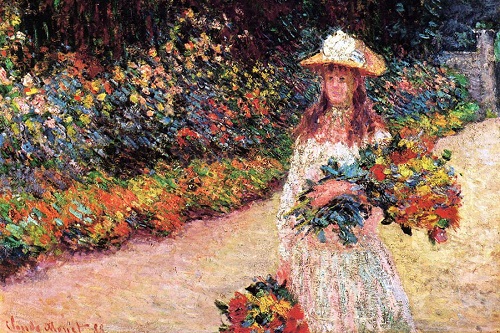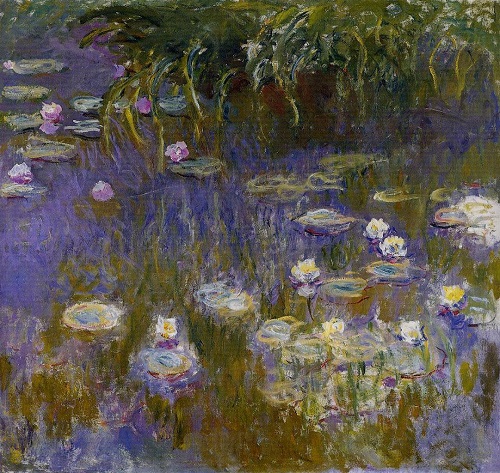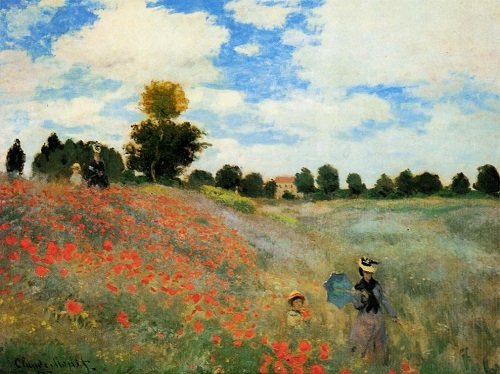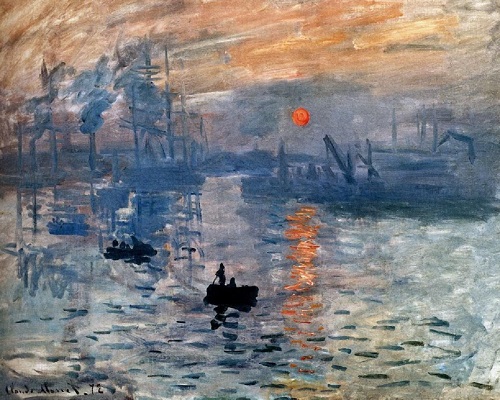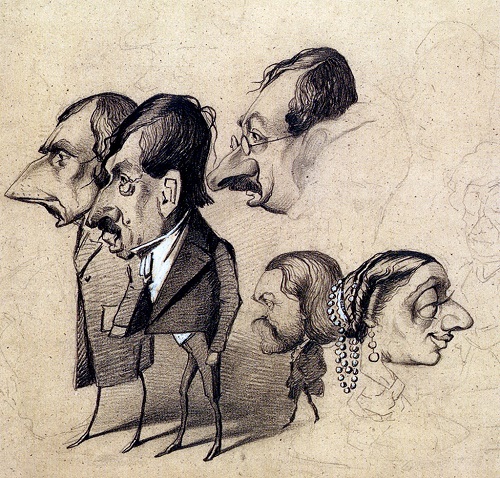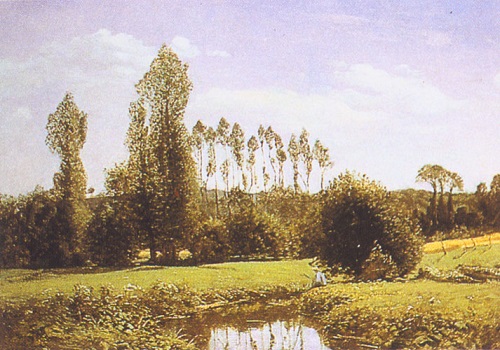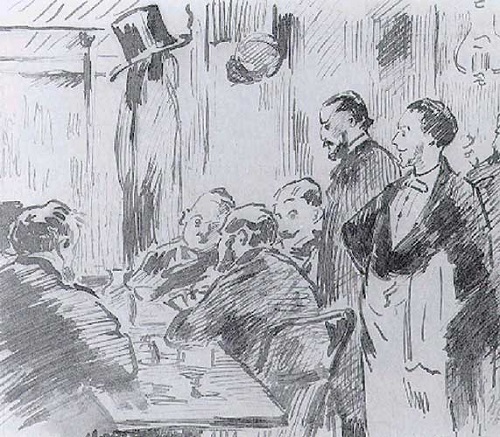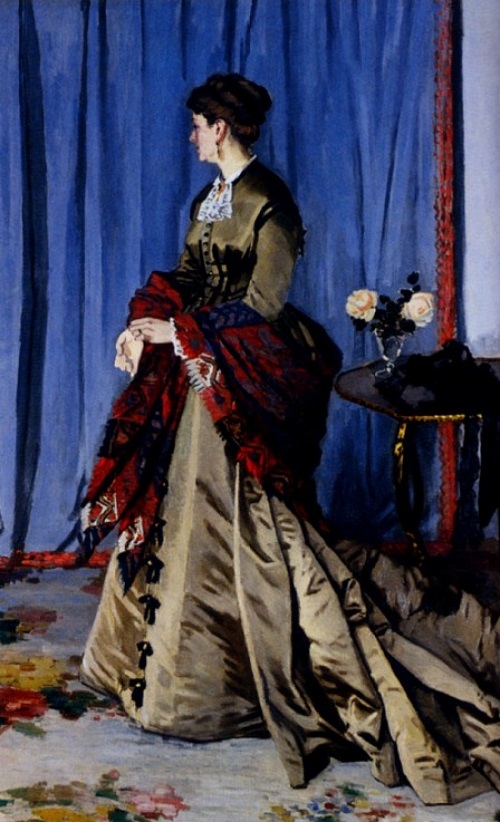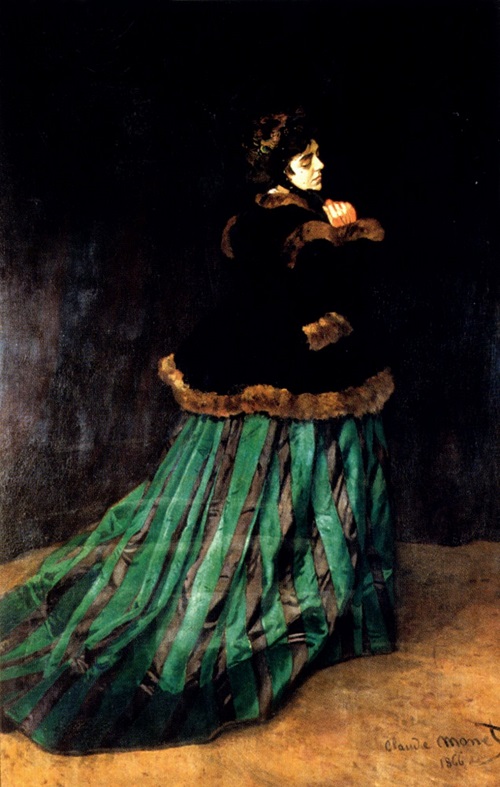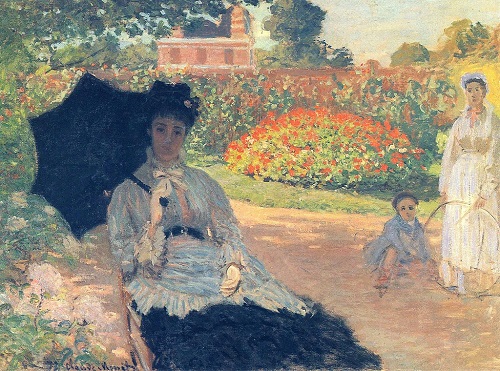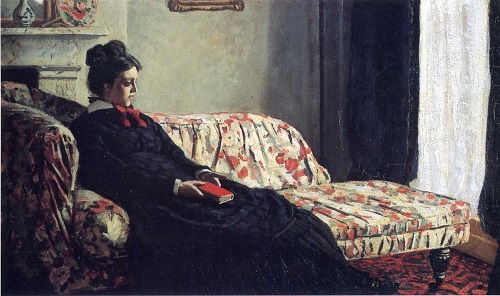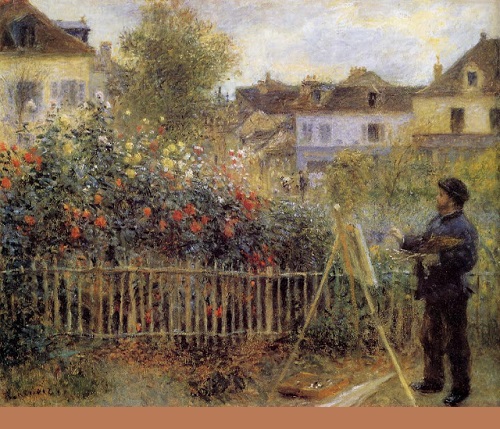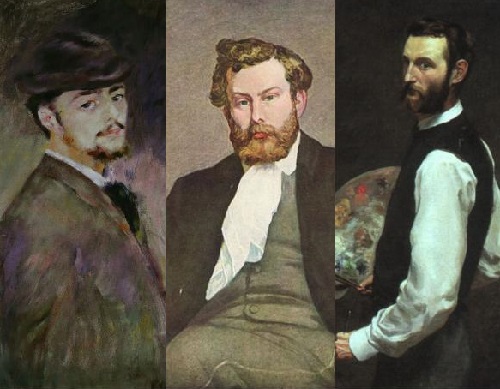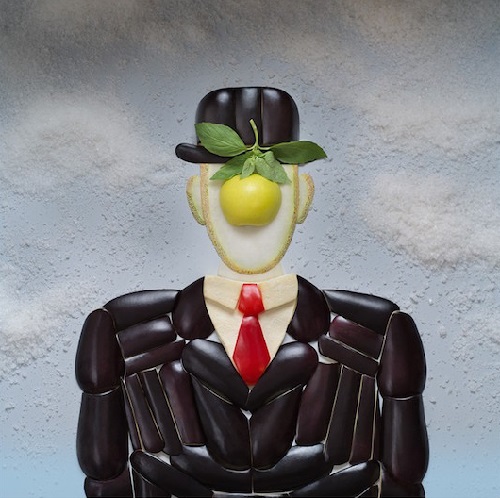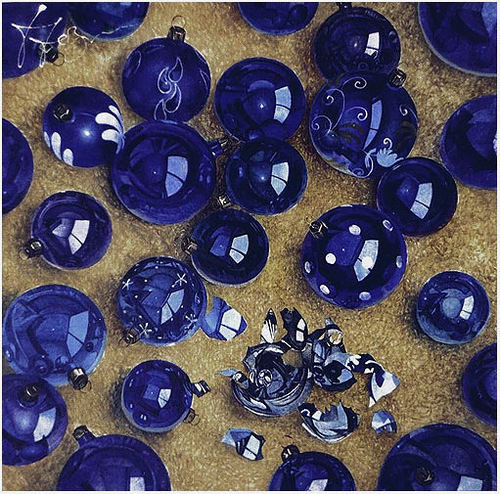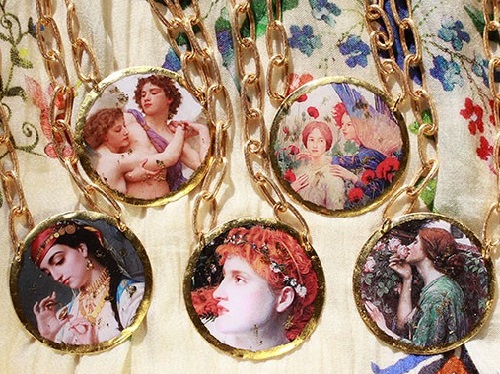Why Claude Monet destroyed his paintings
Why Claude Monet destroyed his paintings
Instinctively, unaware of what he makes, Monet took a brush and began sketching out the last portrait of Camille. He cursed himself, crying, trying to pry his fingers and release the brush, but fingers did not unclenched, and brush like itself went on canvas. “I’m not a man – he thought – I am an animal rotating mill millstone.” One of the greatest teachers in the history of mankind, formally taught no one. Monet showed us the world not as we see it, but as we feel it.
Oscar Claude Monet was born in Paris on 14 November 1840 in the family of a grocer. Childhood and youth were spent in Le Havre. As a child, Monet was quite common boy, spending much more time on the beach than in the classroom. At the lessons he entertained himself by portraying his teachers in caricatures, painting on the cover of notebooks. At 15, he was feared even by famous people of Le Havre.
Monet’s first teacher of painting was Eugène Boudin, who immediately noticed a talent in teenager. Monet later wrote about Boudin: “I have not forgotten that you were the first one who taught me to see and understand.”
Fascinated by the paintings Monet moved to Paris. Here the serene life of the artist ends. Monet’s father was furious after learning of the decision of Monet to quit school and become an artist. He refused to give him money, but that did not stop Claude.
However, after Monet had been in the army and became seriously ill with fever, his father bought him out and sent to the École des Beaux-Arts in Paris under the condition that he would seriously study the academic art.
But Claude was not interested in Wizard Academy, he dropped out and went to the free workshop of Charles Gleyre. There he met with young artists Pierre-Auguste Renoir, Alfred Sisley, Fredric Bazille – mighty small group founded the Impressionist movement.
What was common between them – the son of a poor tailor from the outskirts of Paris, Auguste Renoir, the heir of the senator from L’Heureux, a rich winegrower, Fredric Bazille and son of a wealthy merchant from London Alfred Sisley?
The ease with which the Study was given, and the belief that they are destined to more than copying pictures? But they all missed the undisputed leader. And then came the fourth – Dandy! Dandy, dressed immaculately in the best tailor’s in Paris, without a penny in his pocket. And when tailor tried to protest, he spoke to him with condescending arrogance: “If you insist, sir, I deprive you of my orders.”
Education in the studio of Gleyre passed cheerfully and enthusiastically. Friends rented a studio together and in the evenings worked together for a fun in nearby cafes. Generally, the choice fell on the Café Guerbois, on Batignolles street. Here ruled Edouard Manet, the oldest of all. Monet was a terrible spender, as soon as he got the money, he sometimes purchased paints, and the rest was spent on friends.
Artists decided to unite and the name of their movement found itself. This term coined in his feuilleton journalist Louis Leroy. He used a derivative of the name of the painting by Claude Monet “Impression. Rising Sun”. Note in which the journalist dropped the word “impressionist”, was dedicated to the exhibition of so-called “Salon des Refuses”, which exhibited works rejected by the jury of the Paris Salon, the most prestigious exhibition of the time.
Originally conceived as a nickname, the name of the group soon became generally accepted, and within a few days art critic wrote in his the article about the young painter: “If you want a word to characterize their intentions, we must create a new concept – the impressionists. They are impressionists in sense that they do not transmit the landscape, but the impression”. The painting was subjected to harsh criticism.
Friends often painted portraits of each other. There is an interesting story of two paintings. Renoir once came to visit Monet when he worked in his garden at Argenteuil. Renoir did not waste time, put the easel and painted.
Meanwhile, Claude Monet was painting his picture.
Early Monet – the maximum accumulation of portraits and sitters, human figures and faces, circled in bold black outline. This period of creativity is not like all of familiar Monet. Further, while moving his artistic evolution, people will gradually disappear from his works, giving way to the paintings of nature.
One of the early masterpieces of Monet. During this period, Monet has sought to strict construction of the painting: it is clearly spelled out, carefully calibrated in composition and bears little resemblance to the soft, fuzzy tone of the later period.
Also in Paris he meets Camilla Leone Dons, the woman of his life. Relationship started at Café Guerbois where Camilla came for a cup of coffee and took a look at the artists.
The love story of a young artist was the basis of the novel by Emile Zola “Creativity”. However, Monet did not appreciate the novel and felt that Zola had betrayed him, Monet wrote an angry letter to Zola and broke all relations with him.
Friends of Monet immediately recognized Camille in “Lady in green”, the painting was exhibited at the Salon in 1866. His “Lady in green” was laughed at by both critics and audiences; Monet tried not to pay attention to them and continued to work, though it became harder to tolerate failure.
Camilla became all at once to Claude, his one true love, the guardian of his peace of mind, inspiration and muse, and then the mother of his children. For a long time Monet had to hide his precious treasure: his parents were against her. Claude and Camille were very poor. It seems that the way of the artist to fame and prosperity was irresistible and infinite.
This love has left many masterpieces.
The most significant was a huge six-meter painting “Luncheon on the Grass” which Monet painted to the next exhibition, but he had to leave it as a payment for a house, and on his return Monet was horrified to find that the damp in the picture peeled paint. Trying to save it Monet cut it into several pieces.
The need was so strong that sometimes Monet had to scrape paint from old paintings to use the canvas again. Money sorely lacking, Monet had to constantly stop work on the paintings.
Camilla’s small fortune, which she received as a dowry, was spent. Spent on debt repayment and the most expensive wine. To escape from creditors Monet (for the first time) cut 200 of his paintings, but even the surviving pieces were assembled and sold at 30 francs each.
Parents agreed to pay his creditors and give Claude a shelter, but with the condition of complete rupture with Camille. Camille Monet was left pregnant without money. She had to go away to live with her aunt. The first son of Monet – Jean was born in the absence of his father.
After a while Monet continued to work. Hunger lead Monet up to despair, Salon did not take his paintings. All the walls and the rooms were crammed with unsold paintings.
Not having the proper treatment and proper nutrition Camilla faded, immediately after delivery of her second child. At the age of 32 years. Sadly looking at the growing cold face, Monet noticed bluish glow over it, and then was horrified to find that his eyes noted the color change – these blue, yellow and gray tones, which appeared after her death.
Why Claude Monet destroyed his paintings
Instinctively, unaware of what he makes, Monet took a brush and began sketching out the last portrait of Camille. He cursed himself, crying, trying to pry his fingers and release the brush, but fingers did not unclenched, and brush like itself went on canvas. “I’m not a man – he thought – I am an animal rotating mill millstone.”
